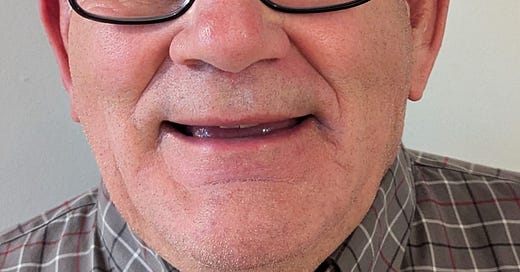H5N1 2.3.4.4b in Dairy Cattle Update
Minnesota reports a herd reinfection from July 2024 and another CA confirmation dribbles in - significance to be determined
In yesterday’s post I wrote the following regarding H5N1 in dairy herds:
We have found the D1.1 genotype in dairy cattle in Nevada and Arizona and D1.2 in swine in Oregon. We routinely find D1.1 in cats, rodents and wildlife on affected poultry farms. The question remains unanswered (for now) to what degree that non B3.13 settles into dairy cattle or other domestic livestock species. We currently have no evidence of other infected herds beyond AZ and NV; however, we don’t know the genotype of the recent Idaho herd cases and we don’t know to what extent the U.S. National Milk Testing Strategy (NMTS) has actually moved forward, i.e. how many samples have actually been tested negative from which states? NMTS is a black hole without reported negative results.
Shortly before I posted, the Minnesota Department of Agriculture announced finding an H5N1-infected dairy herd via their NMTS state-specific bulk tank surveillance program: H5N1 Detected in Central Minnesota Dairy. As Dr. Russo states, we lack information on the genotype; if this is a longer-term flare-up from the original July 2024 infection, it is likely B3.13. A new introduction from migrating waterfowl would more likely result in a D1.X infection.
Hopefully, in either case pre-existing partial herd immunity from last summer’s initial B3.13 infection might lower herd viral load and lessen odds that the infection will spread to other dairy herds or poultry flocks in the vicinity. Higher numerical CT values in the milk samples (not disclosed) might also add confidence to assessments of likely lower levels of viral load in the affected herd. This was reportedly the case in a Colorado herd that temporarily returned to positive status later in 2024.
This is all very speculative; however, previously affected dairy locations that suffer either reinfections or new infections may provide us with some estimate of the role that herd immunity may play in preventing viral spread from infected dairy herds to surrounding poultry operations, similar to what happened repeatedly in 2024 in multiple states. Will pre-existing cattle herd immunity curb the viral load sufficiently to prevent area spread, however it may occur? The NMTS will assist us in finding “subclinical” infected dairy herds to assess that question.
If that real world experience shows that infection immunity is protective in reducing subsequent viral shedding, that knowledge would then add support for pursuing vaccines for use in both H5N1-naive and previously infected dairy herds.
Regardless, I can’t leave this column here without a “One Health” caution. We are moving toward vaccination and living with a zoonotic pathogen in dairy cattle that is likely undergoing ongoing convergent mammalian adaptations! How are we going to monitor and control that (or not)? Driving viral replication into a subclinical infection status is a two-edged sword. We’d better be continuously sequencing viruses (and widely publicizing metadata) under this scenario for our own protection. That’s why an open NMTS approach is so critical for everyone.
Stay tuned.
John




Thank you